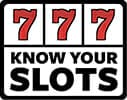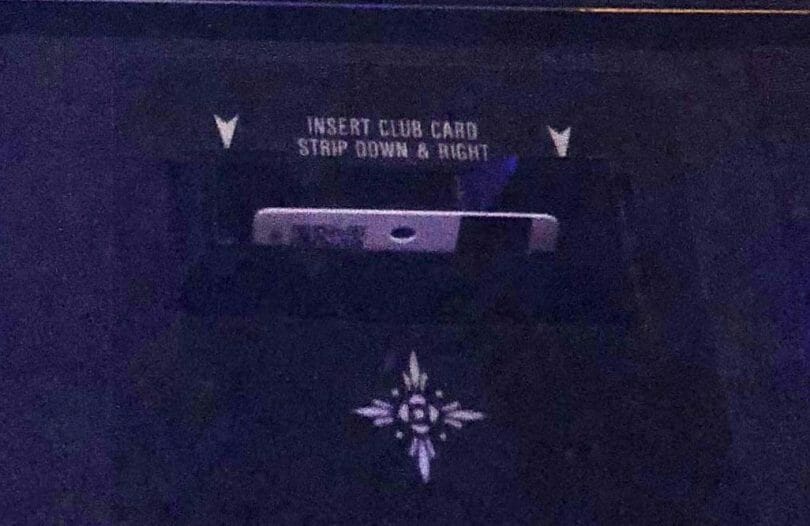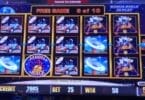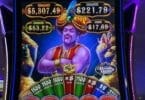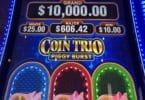The term rated play most often comes up at tables, but is accurate for slots, video poker, and really any gambling where you use your players card.
The idea behind the term is that play that is tracked when you offer your players card, and the casino tracks your bets, the amount of time you play, the house advantage of that particular game, and so on to calculate your expected losses.
Rated play when it comes to slots (or any other electronic means) is basically any play where your card is in the machine while you’re making wagers, as every wager, however big or small, is recorded.
By comparison, when it comes to tables, there are casinos that will only rate your play at certain wagers or higher, although that seemed to be more frequent when rating play was more labor intensive vs. the computer systems that exist now.
When I visited casinos like Excalibur in the mid-2010s, those casinos still had yet to get computers to swipe the card and punch in play, so they were tracking play on handwritten cards, and the play would take a day or two to show up.
Rated Play has a value for both players and casinos – a symbiotic relationship of sorts between both parties, who get something out of the deal.
For the casino, that data is helpful to determining what each player offers in terms of value from each casino visit, how often they visit, and so on. Rated play provides incredibly accurate data that makes it easier to create predictions against over unrated play, which they don’t know who it is, how much they played over the course of a day, etc.
For players, that rated play is rewarded in the form of casino offers, as well as the comp dollars earned based on your play. So we are rewarded for helping the casino keep track of what you’re doing. Only rated play can be rewarded, as it’s the only play that the casino is aware of, so when you pull your players card or forget to put it in, you’re giving up any rewards for that play.
